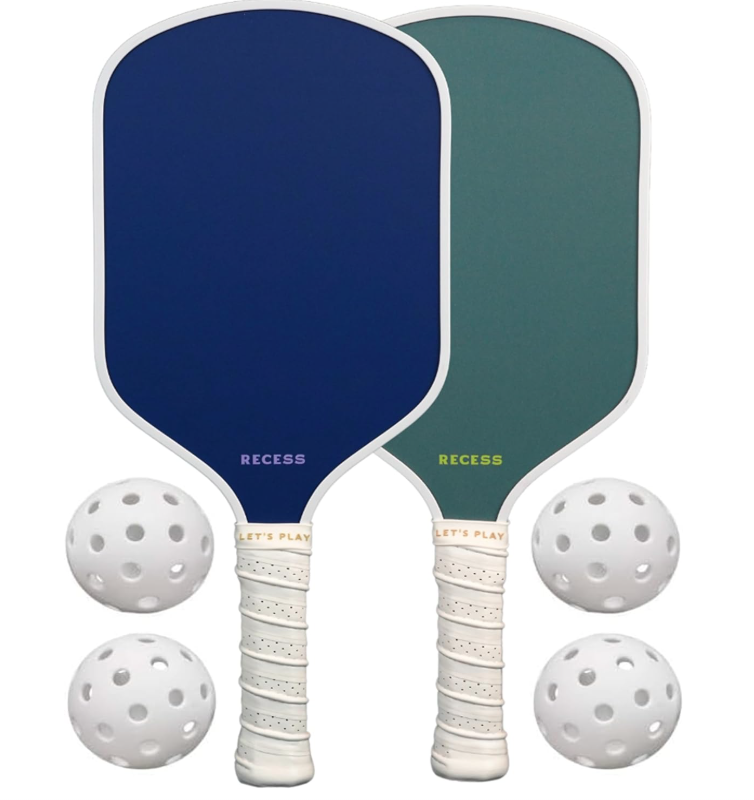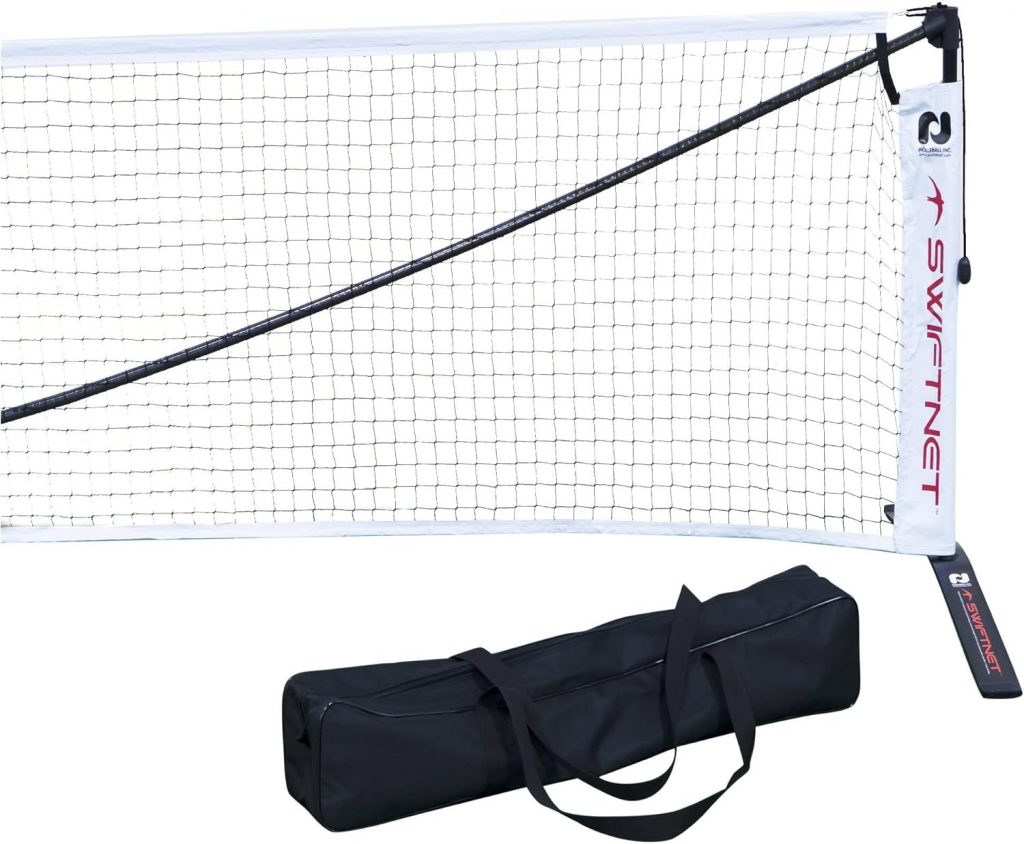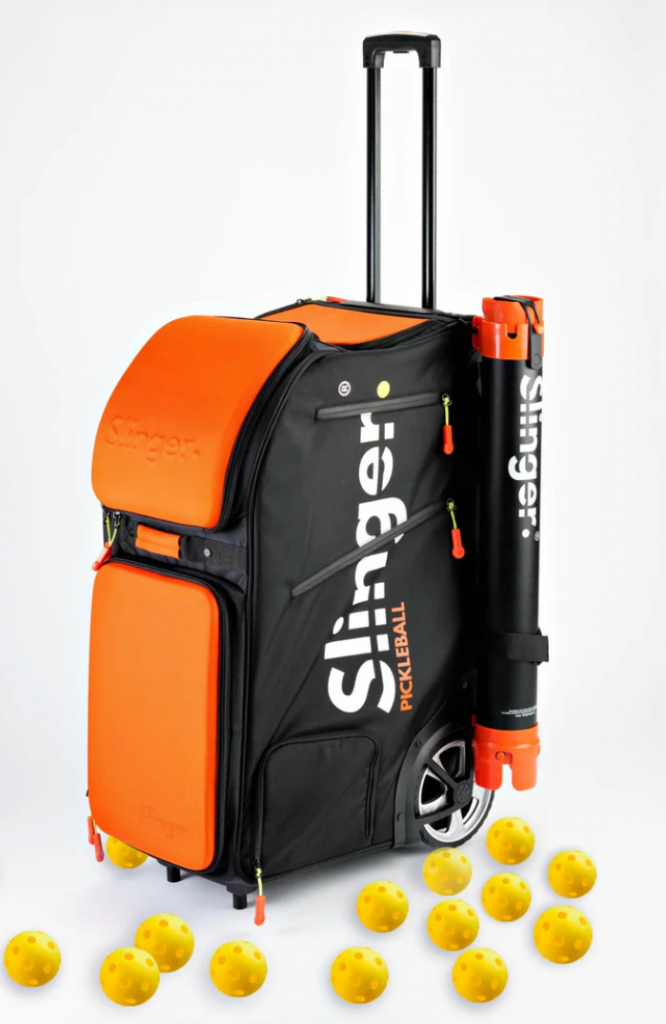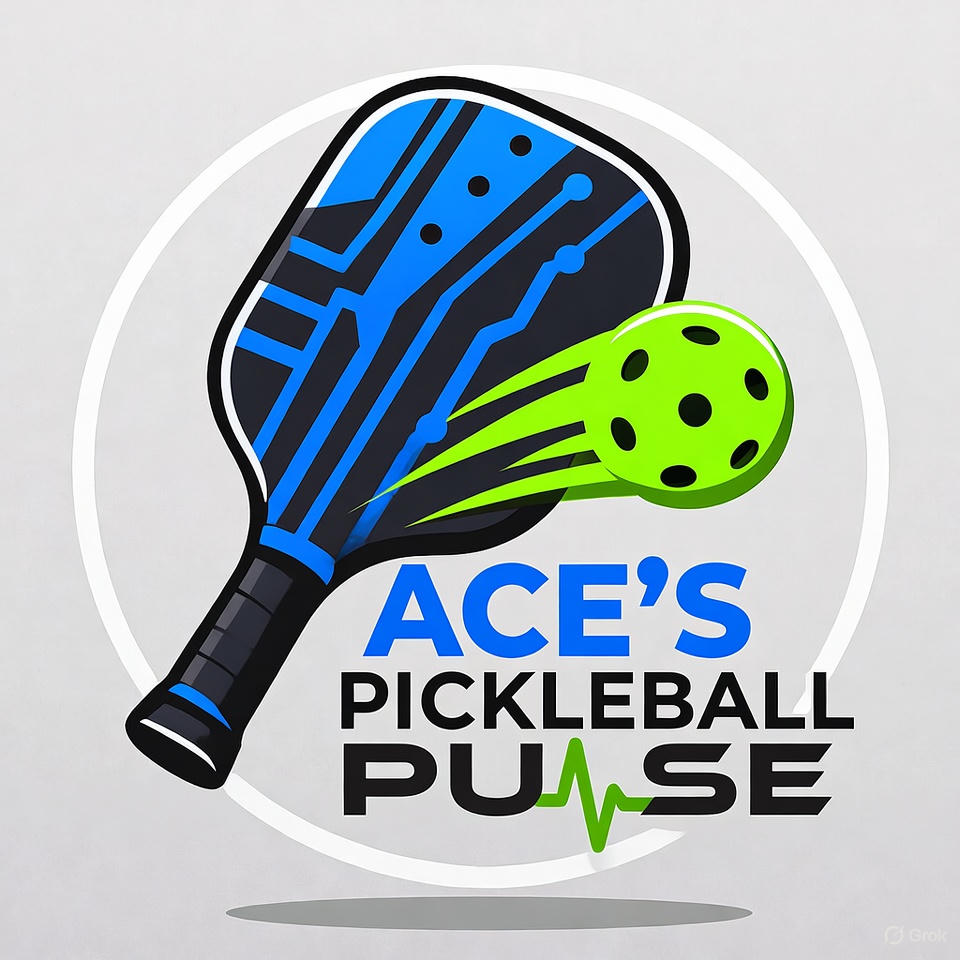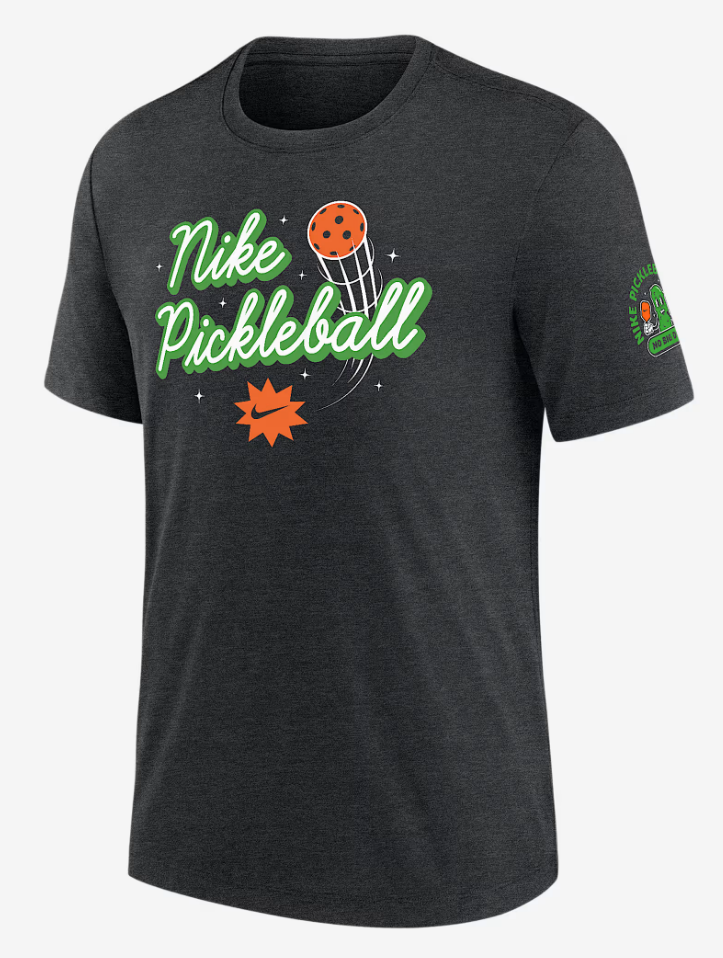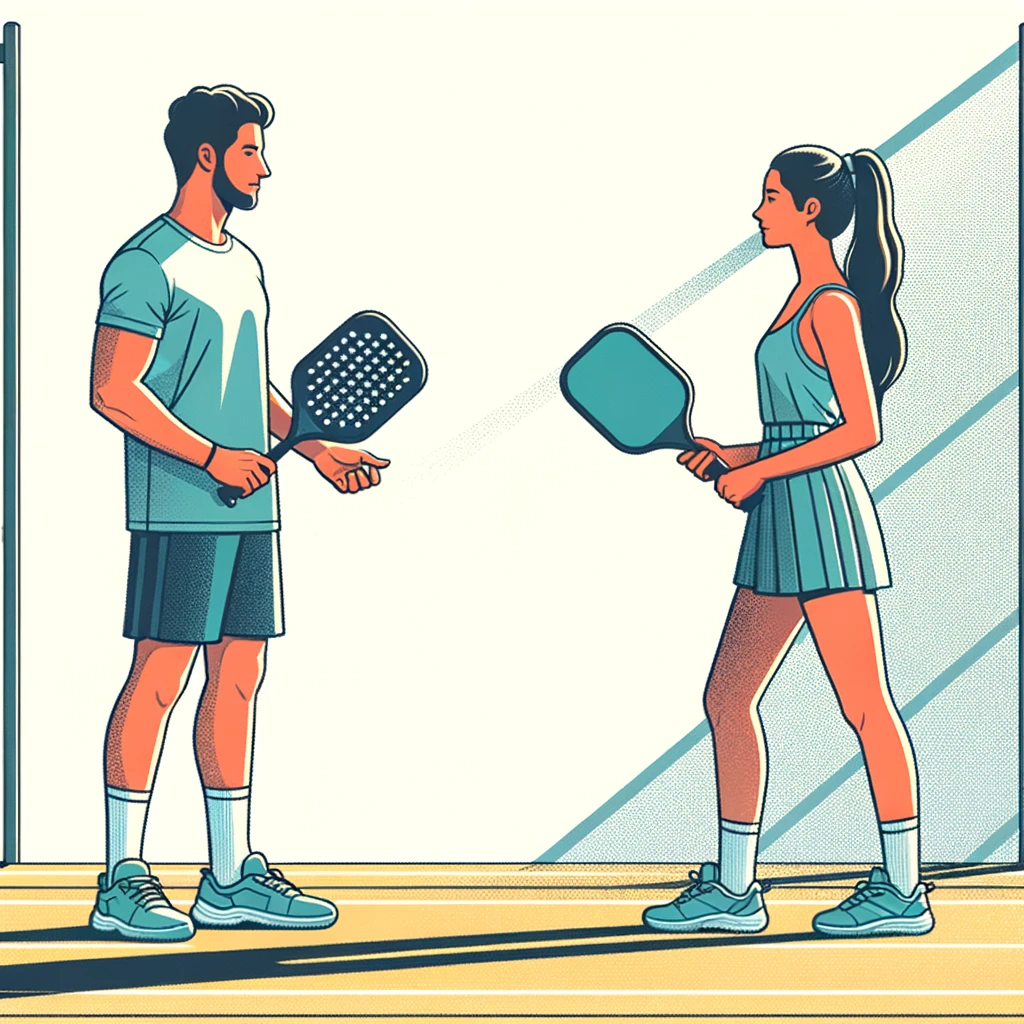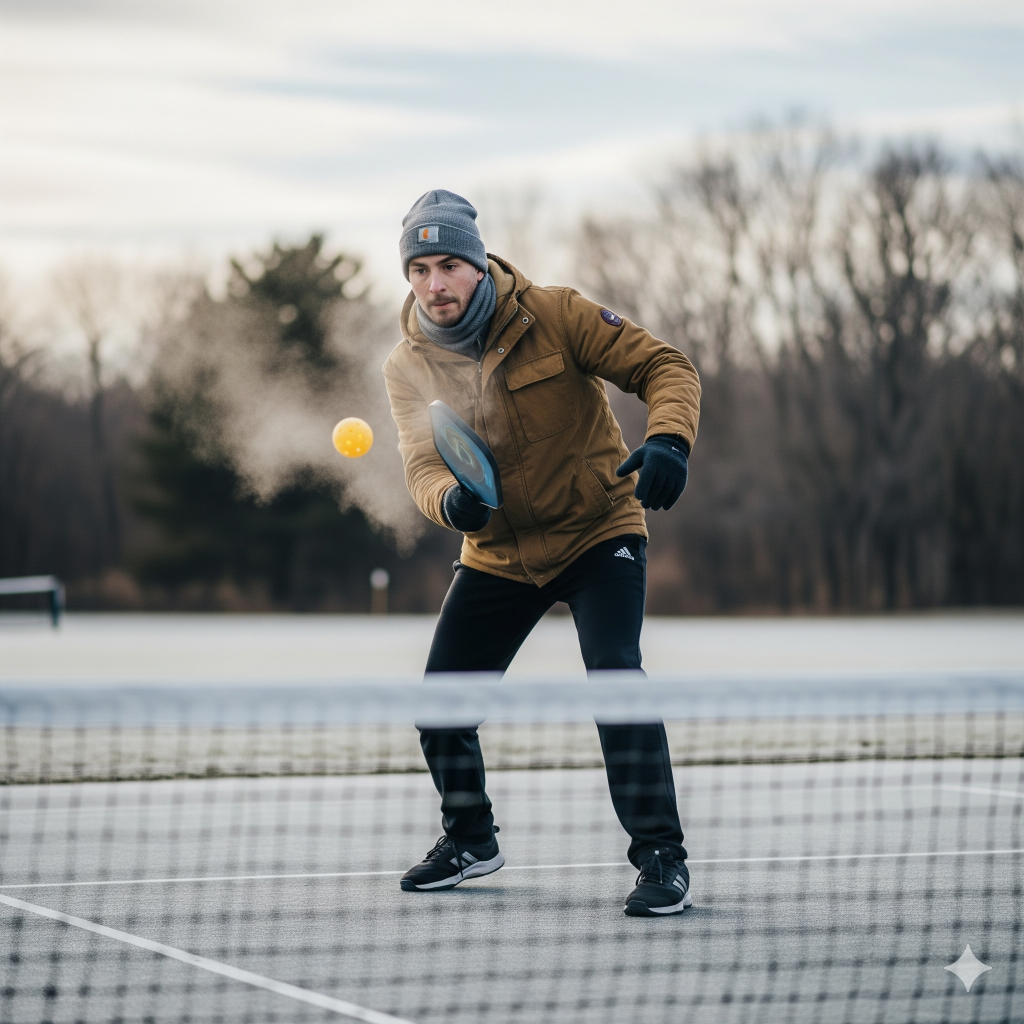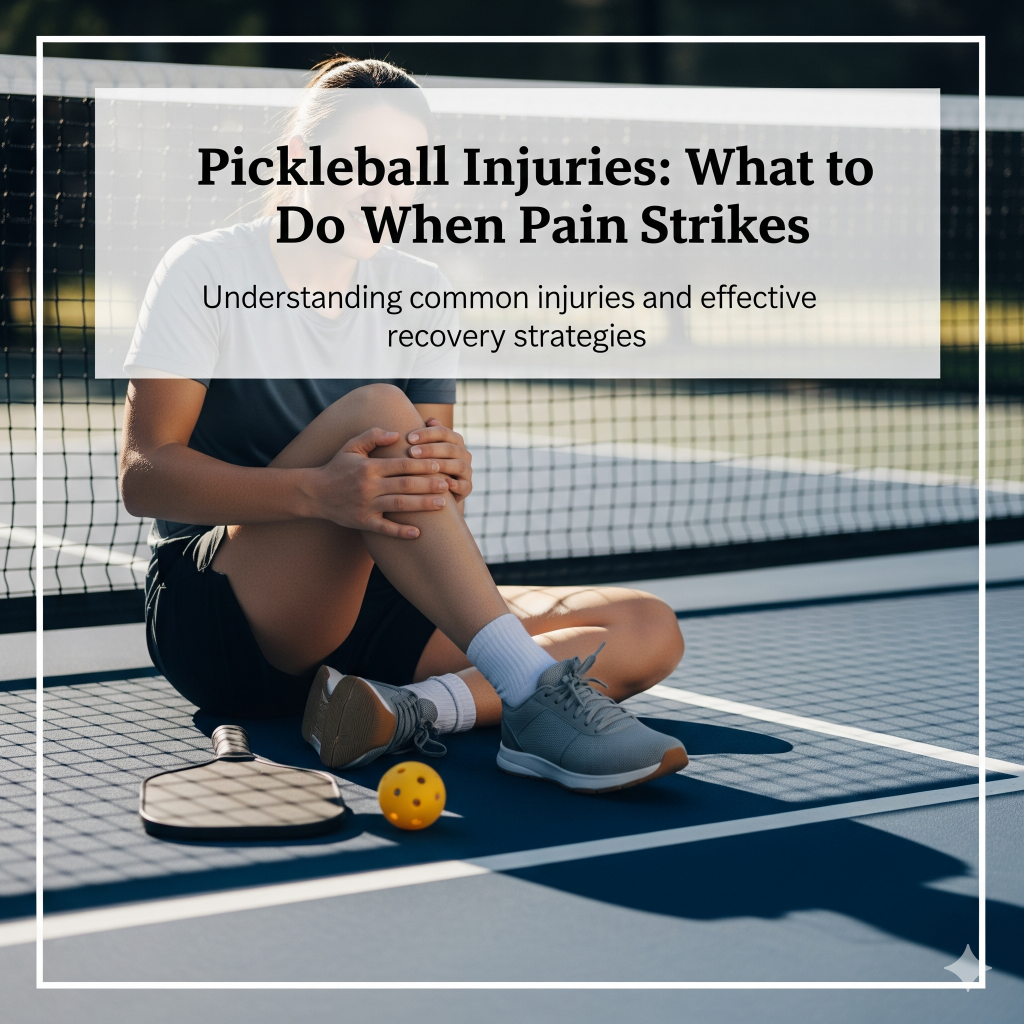The best pickleball gifts for 2025 range from the Franklin X-40 balls (the perfect $15 stocking stuffer) to the Spinshot Machine (the ultimate $2,000 splurge). For beginners, the JOOLA Essentials Set is the top choice, while stylish players will love the Recess paddle collection.
Recess Pickleball Paddle: The Instagram-Worthy Paddle
Looking for the perfect blend of style and substance? Recess paddles have taken the pickleball world by storm with their eye-catching designs and quality construction. These aesthetic beauties feature durable fiberglass surfaces with honeycomb polypropylene cores that actually perform on the court. Whether you’re shopping for someone who loves gingham prints, trendy colorways, or wants a paddle that looks as good hanging on the fence as it does in their hand, Recess delivers. Great for recreational players who want to show their personality while playing their best game. This is the gift for “Her” (or anyone who appreciates court-ready style).

